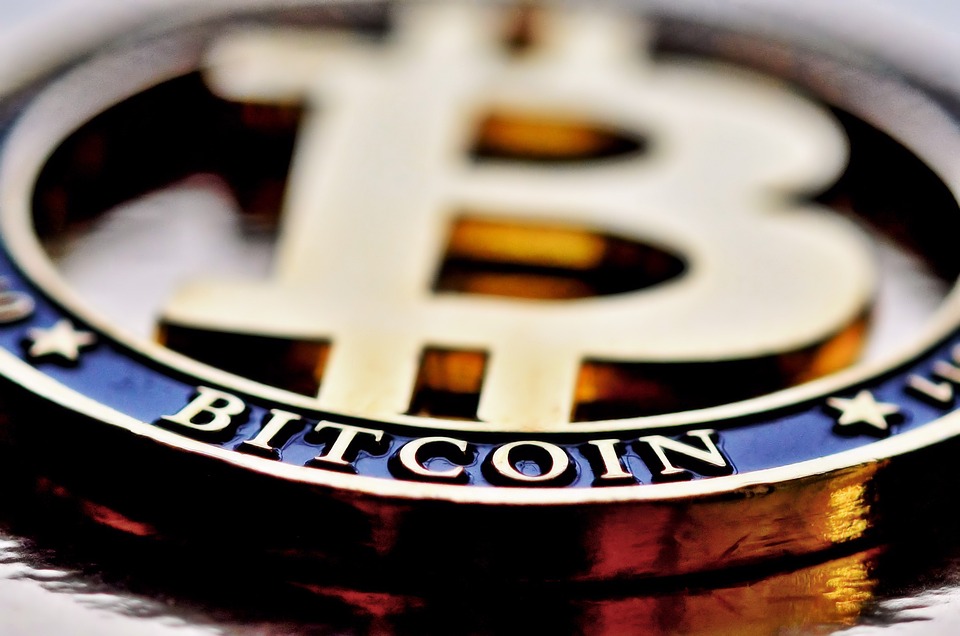In an age marked by rapid technological advancement and an increasingly interconnected world, the complexities of global challenges—such as poverty, climate change, corruption, and food security—have never been more pronounced. As governments, NGOs, and business leaders scramble to formulate effective solutions, a relatively new player has entered the conversation: blockchain technology. Originally designed to underpin cryptocurrencies like Bitcoin, blockchain’s potential extends far beyond digital coins. Its decentralized, transparent, and immutable nature offers promising solutions to some of the most pressing issues facing our planet today. This article explores blockchain’s potential to tackle global challenges and evaluates its strengths and limitations.
Understanding Blockchain
At its core, blockchain is a distributed ledger technology (DLT) that allows multiple parties to store and share data in a secure, verifiable manner. Every transaction or piece of data added to the blockchain is encrypted and linked to previous entries, creating a chain of blocks that is nearly impossible to alter. Each participant in the network has their own copy of the blockchain, ensuring transparency and reducing the risk of fraud. This foundational technology can be harnessed in various applications, from finance to supply chains, healthcare, and beyond.
Tackling Corruption and Increasing Transparency
One of the most significant benefits of blockchain technology is its ability to enhance transparency and accountability. Corruption and mismanagement plague public institutions and are often exacerbated by bureaucratic inefficiencies and a lack of oversight. By employing blockchain, governments could create tamper-proof records of transactions, contracts, and public funding.
For example, in countries where government resources are misappropriated, blockchain could ensure that funds intended for public services are traceable and directly linked to their use. Initiatives like "blockchain for government transparency" can help citizens and watchdog organizations verify how public funds are allocated and spent, fostering greater accountability in governance.
Enhancing Supply Chain Management
The global supply chain is a complex web that often leads to issues like food waste, unethical labor practices, and environmental degradation. Blockchain technology could revolutionize supply chain management by providing real-time visibility into the movement of goods and ensuring ethical sourcing.
Through blockchain, consumers could trace the origins of their food products, confirming that they come from sustainable and ethical farms. Retailers could also use blockchain to minimize waste; by understanding product origins and their journey through the supply chain, companies can make better inventory and distribution decisions. Brands like Walmart have already begun experimenting with blockchain to track produce, ensuring freshness and safety while minimizing waste and recalls.
Addressing Financial Inclusion
Over 1.7 billion people worldwide remain unbanked, lacking basic financial services due to geographic barriers, economic instability, or discrimination. Blockchain offers a decentralized alternative to traditional banking, allowing individuals to access services without the need for intermediaries.
Cryptocurrencies and blockchain-based financial applications enable peer-to-peer transactions and microloans, fostering entrepreneurship and economic empowerment in underserved communities. Initiatives like Stellar and the Bitcoin network demonstrate how blockchain can provide an accessible financial infrastructure, allowing participants to engage in the global economy.
Supporting Climate Action
The impact of climate change is one of humankind’s most urgent challenges. Blockchain can play a role in combating climate change through improved tracking of carbon credits and emissions. By creating transparent systems for carbon trading and emissions tracking, blockchain can facilitate climate action by holding companies accountable for their environmental impact.
Additionally, renewable energy trading can be enhanced using blockchain. Peer-to-peer energy markets could enable households with solar panels to sell excess energy directly to neighbors, fostering sustainable energy production and consumption. Projects like Power Ledger are already exploring this potential.
Limitations and Challenges
While the promise of blockchain is substantial, it is crucial to recognize that it is not a panacea for all global challenges. There are limitations and challenges that need to be addressed:
-
Scalability: Many blockchain networks face scalability issues, making them less suitable for high-volume transactions unless innovative solutions are developed.
-
Energy Consumption: Some blockchain consensus mechanisms, particularly proof-of-work, can consume significant amounts of energy, raising concerns about their environmental impact.
-
Regulatory Framework: The lack of clear regulatory frameworks in many jurisdictions can hinder blockchain implementation and adoption.
- Adoption and Education: To realize the full potential of blockchain, there needs to be significant education and training for stakeholders, from governments to individuals, about how to effectively utilize the technology.
Conclusion
Blockchain technology presents a transformative opportunity to address some of the world’s most pressing challenges. Its capacity for enhancing transparency, accountability, inclusivity, and sustainability offers a promising avenue for innovation. However, it is critical to approach blockchain as part of a broader toolkit of solutions, combining it with policy, education, and practical strategies. Collaboration among governments, private sectors, and civil society will be essential to navigate the challenges of implementation and to ensure that blockchain can genuinely contribute to a more equitable and sustainable world. As we plunge deeper into the complexities of the 21st century, the question remains: will we harness blockchain’s potential or let it slip away amid the noise of emerging technologies? The time to explore, adapt, and empower is now.




